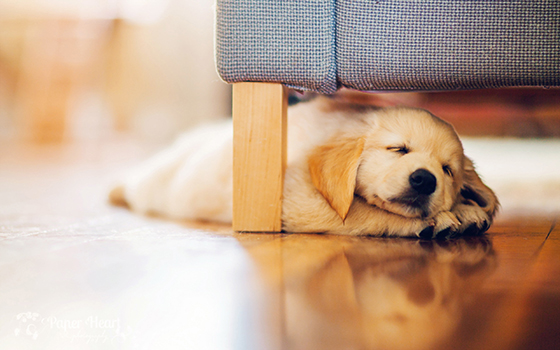Cosplay, the artwork of imitating characters from films, anime, video games, and greater, has seen a good sized surge in recognition over current years. some of the myriad of cosplay factors that enthusiasts craft, realistic armor stands proud as one of the maximum difficult yet rewarding initiatives. growing special and real armor calls for now not just creativity but additionally precision and an amazing understanding of materials and techniques. this newsletter explores a few vital guidelines, methods, and tools for crafting practical cosplay armor.
One essential factor of creating practical cosplay armor is choosing the proper substances. commonplace substances consist of foam, Worbla, EVA foam, thermoplastics like Pepakura, and even 3D-revealed components. every cloth gives specific benefits; foam is lightweight and smooth to shape, at the same time as thermoplastics can be greater durable and finely special. Worbla, a famous material among cosplayers, combines flexibility with detail-retention skills, making it best for growing lifelike armor portions.

once you have got decided on your number one cloth, the next step involves planning and designing your armor. accurate measurements and particular cuts are important. Many cosplayers use templates downloaded from the internet or create their very own using graphic layout software consisting of Adobe Illustrator or Blender. these templates function publications for cutting and shaping the foam or other chosen material. Precision equipment together with X-Acto knives, heat weapons for foam shaping, and sanding gear are crucial in the course of this section.
After the initial cut, shaping and refining the armor comes into play. heat weapons are specifically beneficial here; they allow you to mildew foam into curved surfaces and problematic info. For more difficult substances, a belt sander or element sanders can help smooth edges and refine complicated shapes. once the primary shape is formed, including finer details often becomes important. strategies like carving, scoring lines into the foam, or the use of sculpting equipment can upload texture and realism to the armor.

painting is every other essential level wherein your armor transforms from a tough draft to a sophisticated masterpiece. Priming the floor first ensures better paint adhesion. using spray primers allows achieve an excellent base coat and prepares the floor for next layers. Acrylic paints are often used for his or her versatility and ease of software. multiple skinny coats are better than one thick layer, that can bring about drips and uneven insurance. moreover, weathering techniques such as dry brushing, washing, and airbrushing can supply your armor a nicely-worn, war-ready appearance.
Incorporating useful factors can further raise your cosplay armor. Mechanisms like hinges and clasps now not best add realism but additionally improve wearability. Small information like rivets, screws, and bolts can be simulated using plastic beads, small washers, or maybe 3-d-revealed components. making sure some of these factors are securely fastened will make the armor sturdier and extra plausible.
eventually, fitting and comfort have to by no means be not noted. Armor have to not simplest look accurate however additionally be relaxed to put on for prolonged periods. This frequently manner incorporating padding, adjustable straps, and ventilation holes. custom fittings may additionally require numerous rounds of trial and blunders, however the give up end result is nicely well worth the effort.

In conclusion, growing practical cosplay armor is a multifaceted system concerning thoughtful choice of materials, meticulous making plans, precise reducing and shaping, precise painting, and functional enhancements. With willpower and the right gear, any passionate cosplayer can deliver their preferred character to life with stunning accuracy and aptitude.


